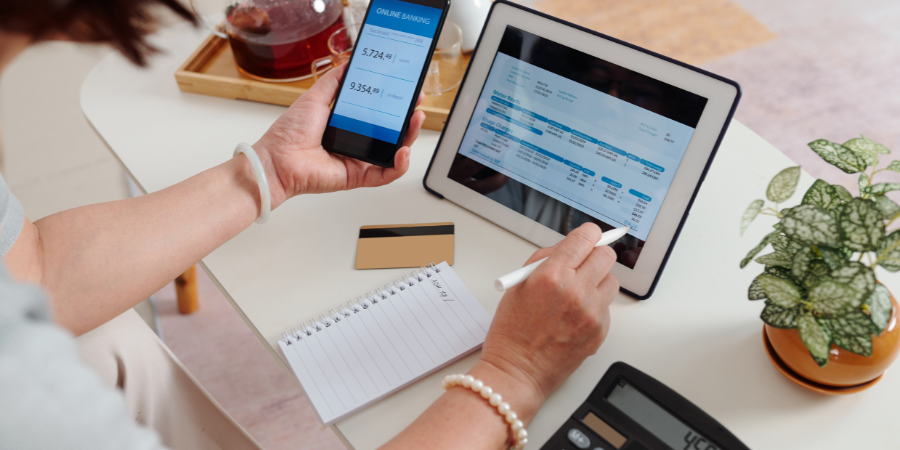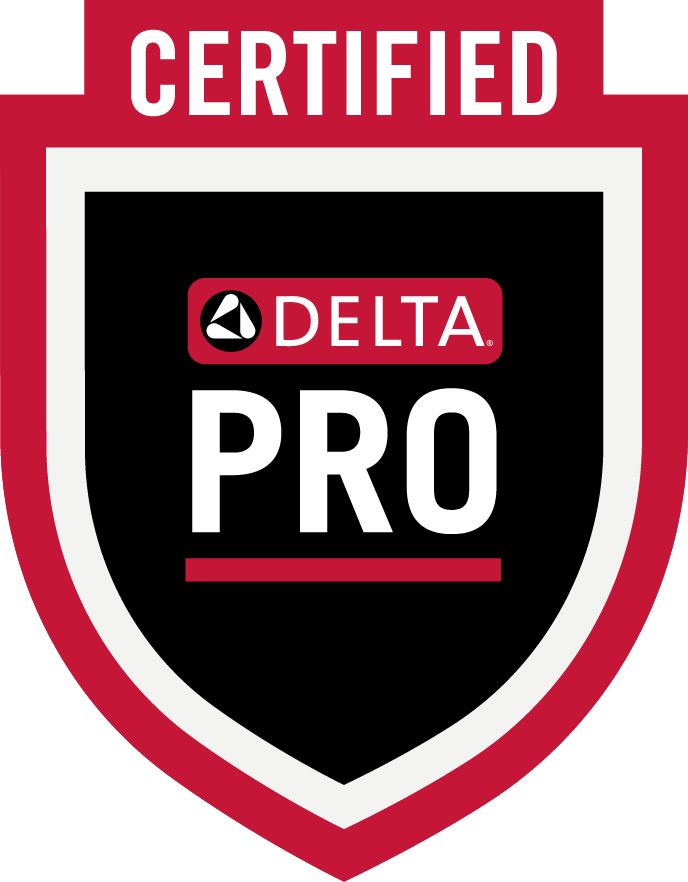Water conservation is an essential aspect of both environmental stewardship and household budget management. As a professional plumber, I have seen countless instances where simple changes and modern solutions have significantly reduced water usage and lowered utility bills. In our daily lives, water is a critical resource, and managing its consumption wisely not only helps to save money but also conserves an invaluable natural resource. By making a few strategic adjustments in our plumbing systems and water use habits, we can achieve substantial savings.
In this blog, we will explore five effective ways to reduce your water bill. You will learn about the benefits of installing low-flow fixtures, the importance of fixing leaks promptly, upgrading to efficient appliances, adopting water-saving habits, and monitoring your water usage. Each of these methods will be discussed in detail, with practical advice on implementation and the long-term benefits they offer. By the end of this article, you will be equipped with the knowledge and tools needed to make impactful changes to your water consumption and start saving on your water bill.
Low-Flow Fixtures
Low-flow fixtures are designed to minimize water use without compromising performance. They are an excellent starting point for anyone looking to reduce their water bill.
Shower Heads
Low-flow shower heads utilize advanced technology to mix air with water, maintaining a powerful spray while reducing water usage. Traditional shower heads can use up to 5 gallons per minute (GPM), whereas low-flow models reduce this to 2.5 GPM or less. This significant reduction translates to less water wasted during each shower, directly lowering your water bill and conserving resources without sacrificing comfort.
Faucets
Low-flow faucets work similarly by incorporating aerators that limit water flow to a maximum of 1.5 GPM, compared to older models that may use twice as much. These faucets provide adequate water pressure for washing hands, dishes, and other tasks while significantly cutting down on water waste. The installation of low-flow faucets in kitchens and bathrooms is a straightforward and cost-effective way to reduce water consumption.
Toilets
Toilets are one of the largest consumers of water in a household, accounting for nearly 30% of indoor water use. Low-flow toilets, including dual-flush models, are designed to use as little as 1.28 gallons per flush (GPF) compared to the older standard of 3.5 GPF. Dual-flush toilets offer two flushing options, one for liquid waste and a more substantial flush for solid waste, optimizing water use and further contributing to savings.
Fix Leaks Promptly
Leaks are a common and often overlooked source of water waste. Addressing them promptly can prevent significant water loss and save on your water bill.
Identify Them
The first step in fixing leaks is identifying their presence. Common signs include unexplained increases in your water bill, damp spots on walls or ceilings, and the sound of running water when no fixtures are in use. Regularly inspecting pipes, faucets, and fixtures can help spot leaks early before they become major issues.
DIY Or A Professional
While some leaks, such as a dripping faucet or a leaking toilet flapper, can be fixed with simple DIY solutions, others may require professional intervention. If you are unsure of the leak’s source or cannot fix it yourself, hiring a professional plumber ensures the issue is resolved correctly and prevents further damage. Professional plumbers have the tools and expertise to diagnose and repair leaks efficiently.
Long Term Benefits
Fixing leaks promptly not only saves water and reduces your bill but also prevents potential damage to your home. Water damage can lead to costly repairs and health issues related to mold and mildew. By addressing leaks early, you maintain the integrity of your plumbing system and avoid the long-term costs associated with water damage.
Upgrade To Efficient Appliances
Modern, high-efficiency appliances are designed to use less water and energy, contributing to significant savings on your utility bills.
High-Efficiency Washing Machines
High-efficiency washing machines use advanced technology to clean clothes with less water and energy. These machines use sensors to determine the appropriate amount of water needed for each load, reducing waste. Compared to traditional models, high-efficiency washers can use up to 50% less water, making them a worthwhile investment for long-term savings and environmental conservation.
High-Efficiency Dishwashers
Similarly, high-efficiency dishwashers are designed to use minimal water while still achieving excellent cleaning results. These dishwashers often feature multiple spray arms and targeted water jets, allowing for thorough cleaning with less water. By using less water and energy per cycle, high-efficiency dishwashers help reduce utility bills and conserve resources.
Smart Irrigation Systems
Smart irrigation systems offer an innovative solution for outdoor water use, particularly for landscaping and gardens. These systems use weather data and soil moisture sensors to optimize watering schedules, ensuring plants receive the right amount of water without waste. By adjusting to real-time conditions, smart irrigation systems can significantly reduce outdoor water usage and prevent overwatering, contributing to lower water bills and healthier landscapes.
Change Your Habits
Adopting simple water-saving habits can make a substantial difference in your overall water consumption and utility costs.
Shorter Showers
One of the easiest ways to reduce water usage is by taking shorter showers. Reducing shower time by just a few minutes can save gallons of water each day. Using a timer or a water-efficient shower head can help monitor and limit the duration of your showers, contributing to significant water savings over time.
Turn Off The Tap
Another effective habit is turning off the tap while brushing your teeth, shaving, or washing dishes. Leaving the tap running during these activities wastes a considerable amount of water. By turning off the tap when not directly using the water, you can conserve a significant amount of water each day.
Full Loads Only
Running dishwashers and washing machines with full loads ensures maximum efficiency and water usage. Washing partial loads uses nearly the same amount of water as full loads, making it more water-efficient to wait until you have a full load. This habit not only saves water but also reduces the frequency of appliance use, contributing to energy savings.
Monitor Your Water Usage
Regularly monitoring your water usage can help identify inefficiencies and areas where you can make improvements to save water.
Water Meter
Reading your water meter regularly allows you to track your household’s water consumption. By noting the meter readings at the beginning and end of the month, you can compare your usage and identify any unusual spikes that may indicate leaks or excessive use. This proactive approach helps you stay aware of your water habits and make necessary adjustments.
Smart Monitors To Track Usage
Smart water monitors provide real-time data on your water usage, allowing you to track consumption patterns and identify potential issues. These devices can alert you to leaks, excessive water use, and other anomalies, enabling you to take immediate action. Smart monitors are an excellent tool for maintaining efficient water use and avoiding unexpected increases in your water bill.
Water Audits
Conducting a water audit involves a thorough examination of your household’s water usage to identify areas for improvement. This can include checking for leaks, evaluating the efficiency of appliances and fixtures, and reviewing water habits. A professional plumber can assist with a comprehensive water audit, providing recommendations for upgrades and changes to optimize water use.
Looking For More Ways To Save?
In conclusion, reducing your water bill is achievable through a combination of installing low-flow fixtures, promptly fixing leaks, upgrading to efficient appliances, adopting water-saving habits, and monitoring your water usage. Each of these strategies offers practical solutions for conserving water and lowering utility costs. By implementing these changes, you can make a significant impact on your household’s water consumption, contributing to both financial savings and environmental conservation.
Taking these steps not only benefits your wallet but also supports broader efforts to manage our water resources sustainably. With the right knowledge and tools, everyone can contribute to water conservation and enjoy the long-term benefits of reduced water bills.
If you’re ready to start saving on your water bill, take the first step today by evaluating your current water usage and identifying areas for improvement. Consider consulting with us at OVC Plumbing to explore the best solutions for your home. By making informed choices and adopting water-saving practices, you can achieve meaningful savings and help protect our valuable water resources. Share your own tips and experiences with others, and together, we can create a more sustainable future.






